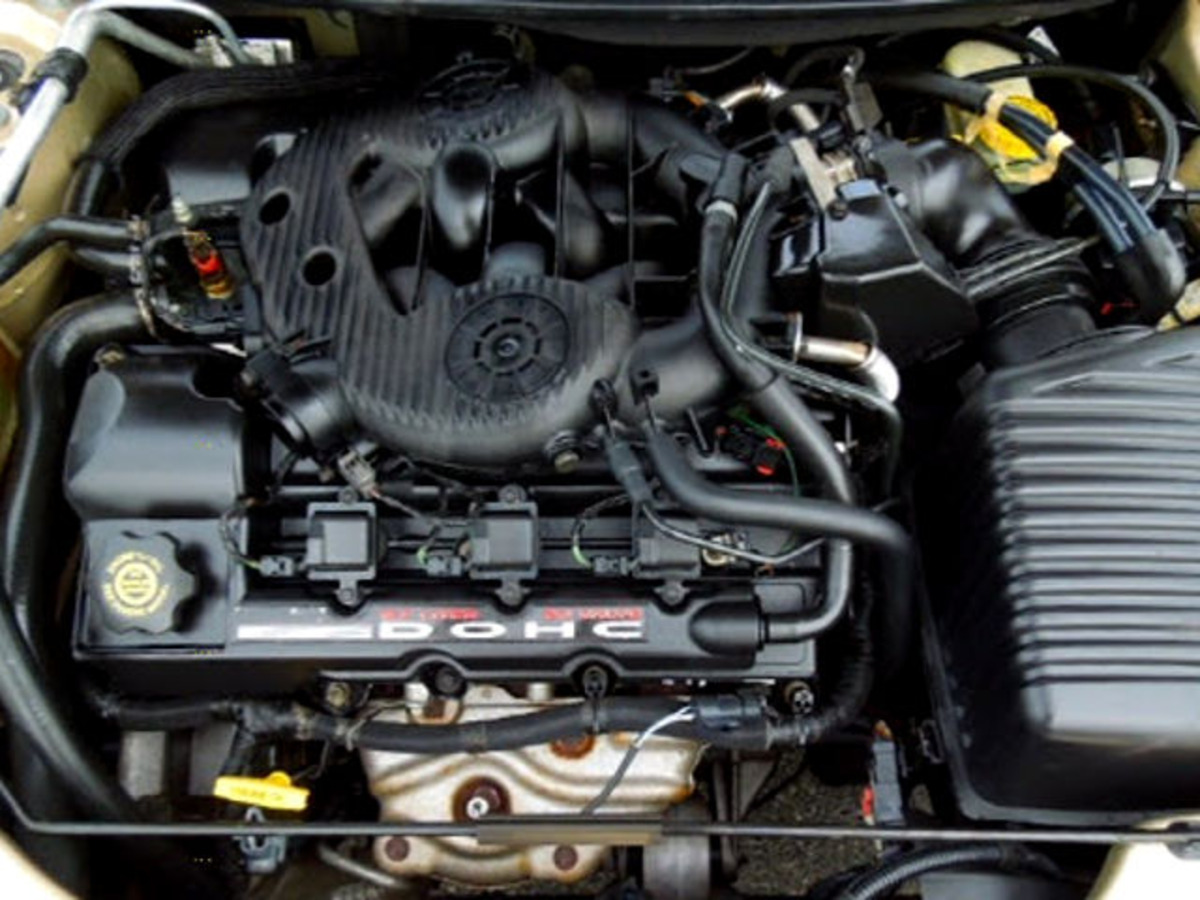In the automotive world, engine reliability is the holy grail for car buyers and owners alike. Whether you drive a compact commuter, a luxury sedan, or a heavy-duty pickup, the engine is the heart of your vehicle—and when something goes wrong under the hood, it can lead to serious downtime, costly repairs, or even safety risks.
One way to gauge long-term reliability is by examining the recall history of specific engines. Recalls often point to fundamental design flaws, manufacturing issues, or chronic failures that can impact hundreds of thousands of drivers.
This piece focuses on two sides of that spectrum: engines with stellar reputations and minimal recall histories, and engines plagued by repeated, often high-profile, recalls.
On one hand, you have powerplants known for their bulletproof design, durable components, and years of hassle-free performance. On the other, there are engines that have frustrated owners and mechanics alike due to defects that forced automakers to issue recalls—sometimes multiple times.
By spotlighting five engines with the fewest known recalls and five with the most, we aim to help buyers, enthusiasts, and everyday drivers make more informed decisions—whether they’re shopping used, assessing long-term ownership costs, or simply curious about what’s going on under the hood.
Also Read: 5 Cars with Solid Seat Structures vs 5 with Belt or Latch Failures
5 Engines With the Fewest Known Recalls
In a world where recalls are a routine part of automotive life, there are a handful of engines that quietly defy the trend. These powerplants often go unnoticed because they don’t make headlines for failures or design defects—they just work.
Whether it’s due to thoughtful engineering, conservative design, or a legacy of dependable architecture, these engines have earned reputations for being among the most trouble-free in the industry.
Many of them power vehicles known for long-term durability, and their lack of recalls is not only a mark of quality but a financial relief for owners who avoid trips to the dealership for mandatory fixes.
We’re highlighting five such engines that have remarkably clean recall histories, according to data from NHTSA bulletins, manufacturer reports, and industry recall tracking.
While no engine is perfect and all vehicles require regular maintenance, these five stand out for their near-legendary reliability.
The goal here isn’t just to celebrate great engineering, but to inform used car buyers, fleet owners, and everyday drivers about the engines that are less likely to give them trouble. In an age of overcomplication and mass recalls, these engines represent something increasingly rare: confidence under the hood.
1. Toyota 2.4L 2AZ-FE
Toyota’s 2.4L 2AZ-FE engine, which powered millions of vehicles including the Camry, RAV4, Scion tC, and Highlander throughout the 2000s, has long been celebrated for its low maintenance needs and exceptional longevity.
While it isn’t the most glamorous or powerful engine in the segment, it is one of the most consistent—especially in terms of its recall record.
Over its production life, the 2AZ-FE has been subject to surprisingly few recalls, and none that stem from widespread mechanical or safety-related failures.
The engine uses an aluminum block with cast iron cylinder liners and features Toyota’s VVT-i (Variable Valve Timing with intelligence) system, which helps balance performance and efficiency.
It’s known to routinely surpass 200,000 miles with just routine maintenance—oil changes, timing chain inspection, and valve cover gaskets being the most commonly addressed issues.
One potential problem area—the head bolt threads on early models—was a minor manufacturing inconsistency affecting a very limited batch.
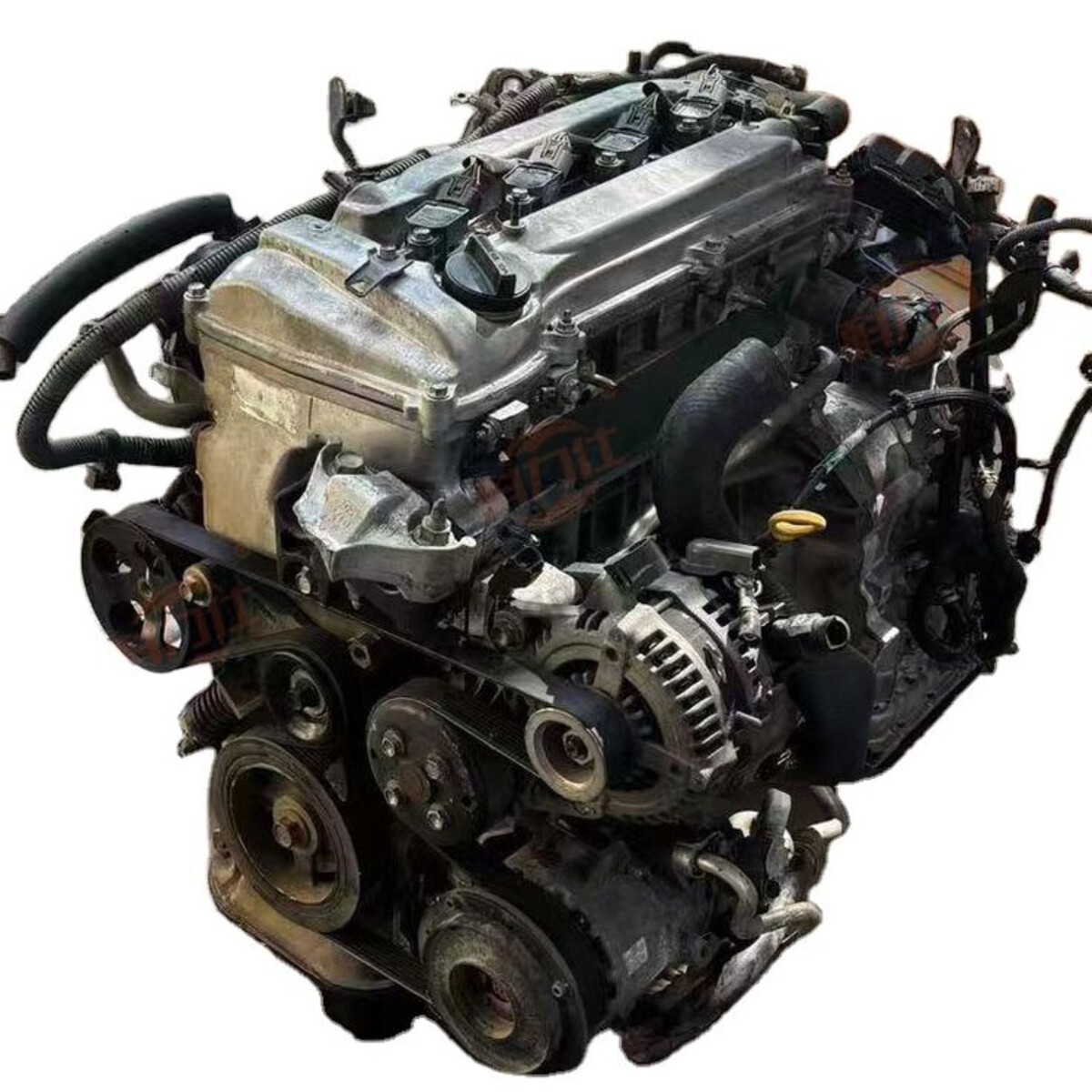
Even then, Toyota addressed it quietly, and it never escalated to a formal recall. That alone speaks volumes about the engine’s overall reliability.
We’re highlighting this engine not because it’s rare or flashy, but precisely because it represents what most drivers want: reliability without surprises. It’s the kind of engine mechanics respect because it rarely comes back to the shop for anything serious.
With such a clean recall history and decades of proven performance, the 2AZ-FE remains one of Toyota’s most dependable four-cylinder offerings ever.
2. Honda 1.5L L15B7 Turbocharged I4
Honda’s 1.5L L15B7 turbocharged engine—found in late-model Civics, CR-Vs, and Accords—has quickly built a reputation not just for fuel efficiency and surprising power, but also for an impressively clean recall record.
Launched in the mid-2010s as part of Honda’s push for smaller, turbocharged engines, the L15B7 could have been a risky venture.
Instead, Honda delivered a highly refined engine that combines modern tech with a conservative, thoughtful design that has kept it out of recall headlines.
This engine uses direct injection, a dual overhead cam design, and Honda’s Earth Dreams technology to balance power and economy.
Despite initial owner concerns about “oil dilution” in cold climates (where fuel mixed with oil under short drives), Honda responded with a software update and warranty extension—again, without a formal NHTSA recall. This reflects a proactive, rather than reactive, approach to customer care.
There have been very few technical service bulletins (TSBs), and those that do exist largely address driveability tweaks rather than mechanical defects.
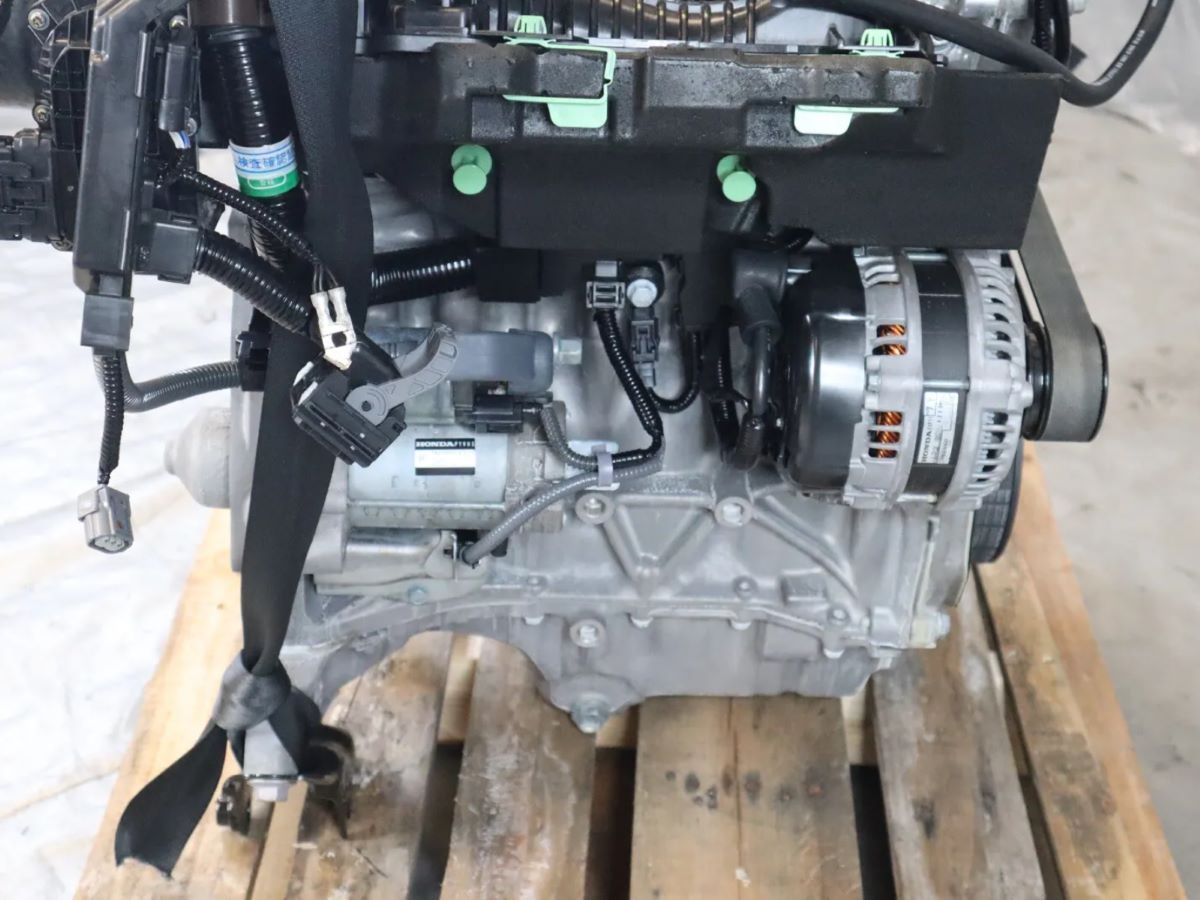
No major internal component failures have triggered recalls, and critical systems such as the turbocharger, timing chain, and cooling system have shown strong reliability even after years of service.
Why are we including the L15B7? Because it’s proof that a modern turbocharged engine can be both advanced and dependable.
In an era where many automakers struggle to combine performance and efficiency without tradeoffs, Honda has delivered an engine that, so far, avoids the costly pitfalls that plague its competitors—especially when it comes to recalls.
3. GM 5.3L Vortec V8 (Gen III/IV – 1999–2014)
General Motors’ 5.3L Vortec V8—used extensively in Chevrolet Silverados, GMC Sierras, Suburbans, Tahoes, and various other GM trucks and SUVs—has become a benchmark for long-term durability and low recall incidence in the full-size vehicle segment.
Introduced in the late 1990s and carried through multiple iterations, this engine was part of GM’s LS-based small-block family, known for its robust architecture and real-world dependability.
One of the standout qualities of the Vortec 5.3L is its simplicity. With an iron block in many truck applications, pushrod design, and a strong oiling system, it was built to endure heavy-duty use with minimal drama.
These engines are routinely seen passing 300,000 miles, often in harsh conditions, with relatively basic maintenance. Critically, this engine has never been at the center of any high-profile recall campaigns related to internal engine failures.
GM did issue a few scattered recalls across the vehicles that used this engine, but almost none pertained to the engine itself.
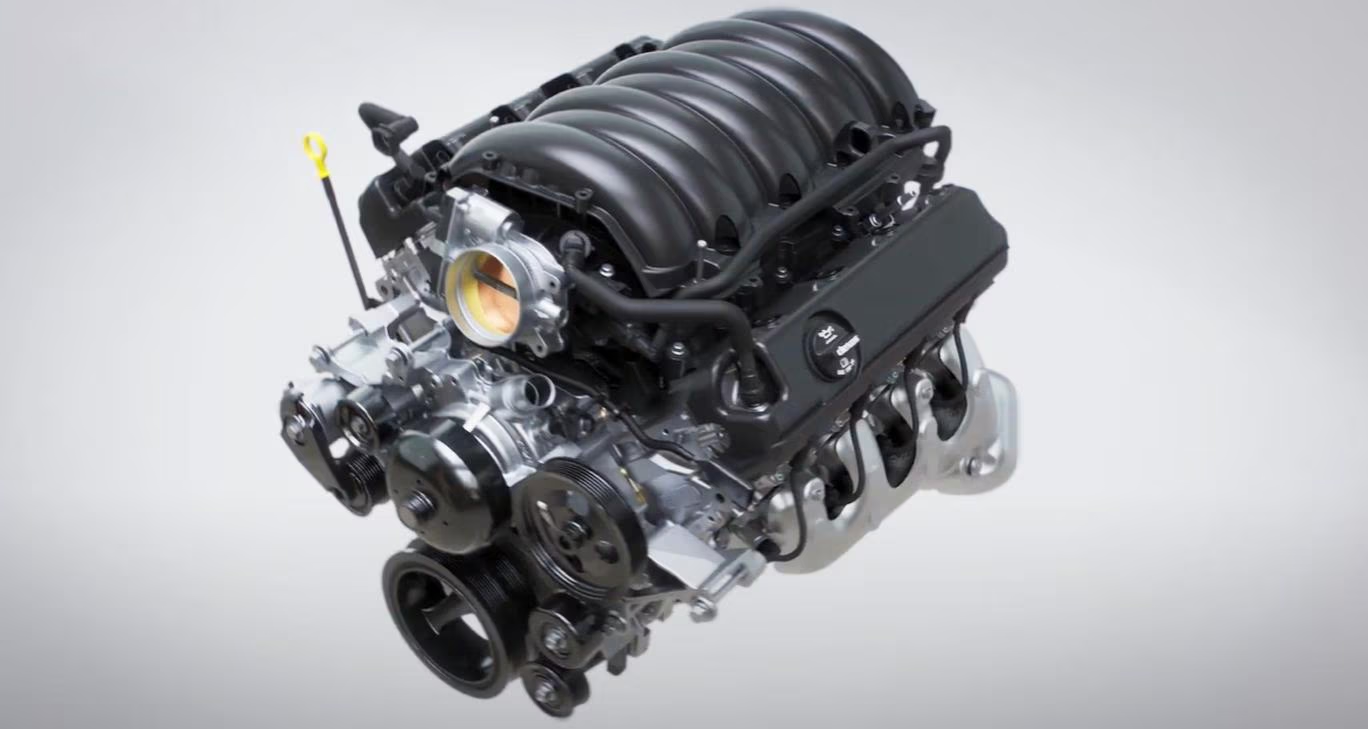
Issues like faulty fuel pump modules or oil pressure sensors were addressed through service bulletins or minor recall notices—but again, these were not systemic engine flaws.
We’re including the 5.3L Vortec because it’s one of the most battle-tested, work-ready V8s out there, and its recall record proves it.
For drivers hauling trailers, using their vehicles for commercial work, or just wanting a long-lasting engine in a full-size platform, the 5.3L Vortec represents a rare combination of power, reliability, and peace of mind in a world of complex drivetrains.
4. Mazda 2.0L Skyactiv-G (PE-VPS)
Mazda’s 2.0L Skyactiv-G engine—designated PE-VPS—found in vehicles like the Mazda3, Mazda CX-3, and Mazda MX-5 Miata, is a stellar example of how a manufacturer can push fuel efficiency and performance without sacrificing reliability.
Introduced as part of Mazda’s Skyactiv suite of technologies, this naturally aspirated inline-four engine combines high compression (13:1 or 14:1 in some markets) with lightweight internals and precise engineering to achieve outstanding thermal efficiency. Yet despite the high compression, it has remained exceptionally durable in real-world use.
Since its launch, the PE-VPS engine has maintained a clean recall history. In fact, it has largely avoided the kinds of fuel system or valvetrain issues that have plagued other direct-injection engines.
Mazda’s decision to stay away from turbocharging and complex hybrid add-ons in this powerplant has likely helped maintain its simplicity and reliability.
There have been very few reports of major mechanical failures or mass warranty issues with the Skyactiv-G 2.0L. Most complaints center around normal wear-and-tear items like ignition coils or carbon buildup—neither of which has resulted in formal recalls.
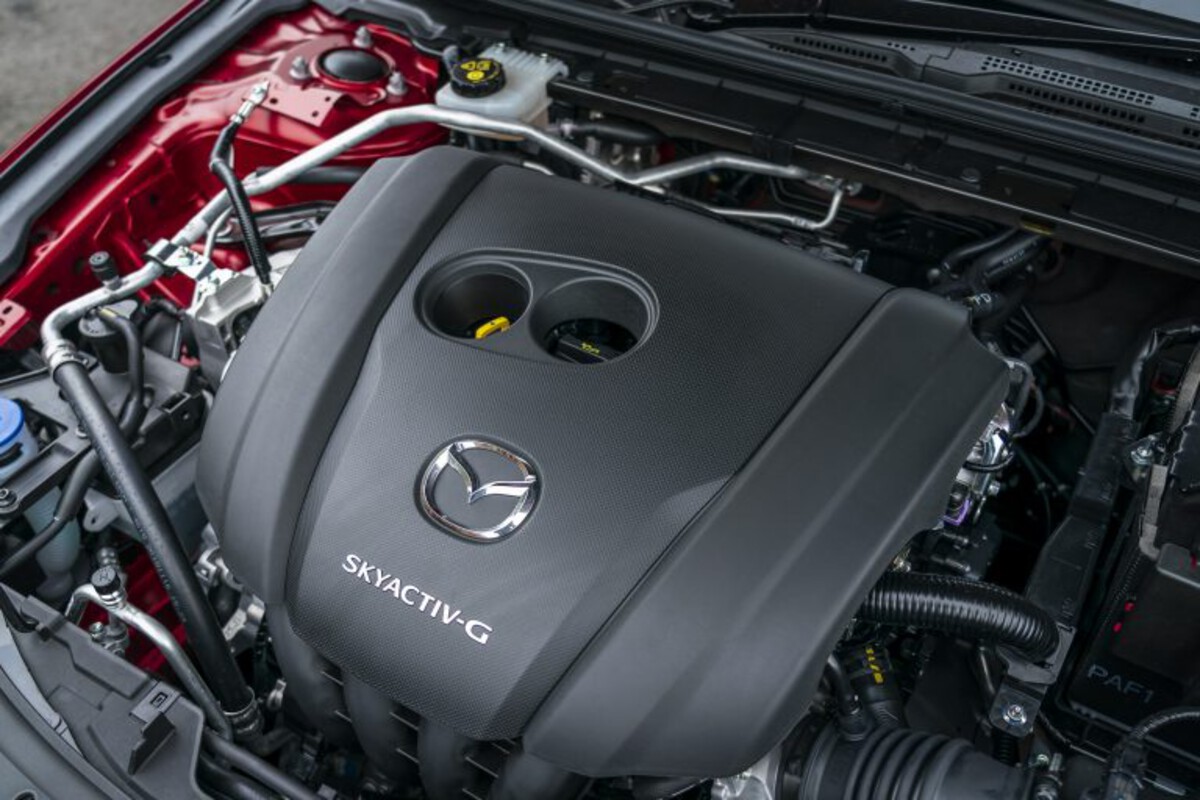
Mazda has also kept this engine relatively modular and easy to service, a major plus for long-term ownership.
We’re highlighting the PE-VPS not just because of its technical innovation, but because it proves that modern engines can be both efficient and dependable without generating waves of recalls.
For anyone seeking a compact, no-drama engine that’s fun to drive, cheap to own, and remarkably trouble-free, this Skyactiv unit checks all the right boxes.
5. Ford 2.5L Duratec I4 (Fusion, Escape, Transit Connect – 2009–2021)
Ford’s 2.5L Duratec inline-four, widely used in models like the Ford Fusion, Escape, and Transit Connect, is one of the most underrated workhorse engines of the last two decades.
Designed as a naturally aspirated engine with port fuel injection—rather than direct injection or turbocharging—it emphasizes simplicity, durability, and low maintenance.
This conservative approach to engineering has paid off, as the 2.5L Duratec is not only known for reliability but also for an exceptionally low number of engine-specific recalls.
The Duratec’s aluminum block and head, paired with chain-driven dual overhead cams and variable valve timing (iVCT), make it smooth, efficient, and resilient over long mileage.
Owners and fleet managers consistently report these engines lasting beyond 200,000 miles with only basic upkeep. Importantly, this engine has largely avoided the complex emissions, fuel delivery, and cooling issues that have triggered recalls in other Ford engines over the years.
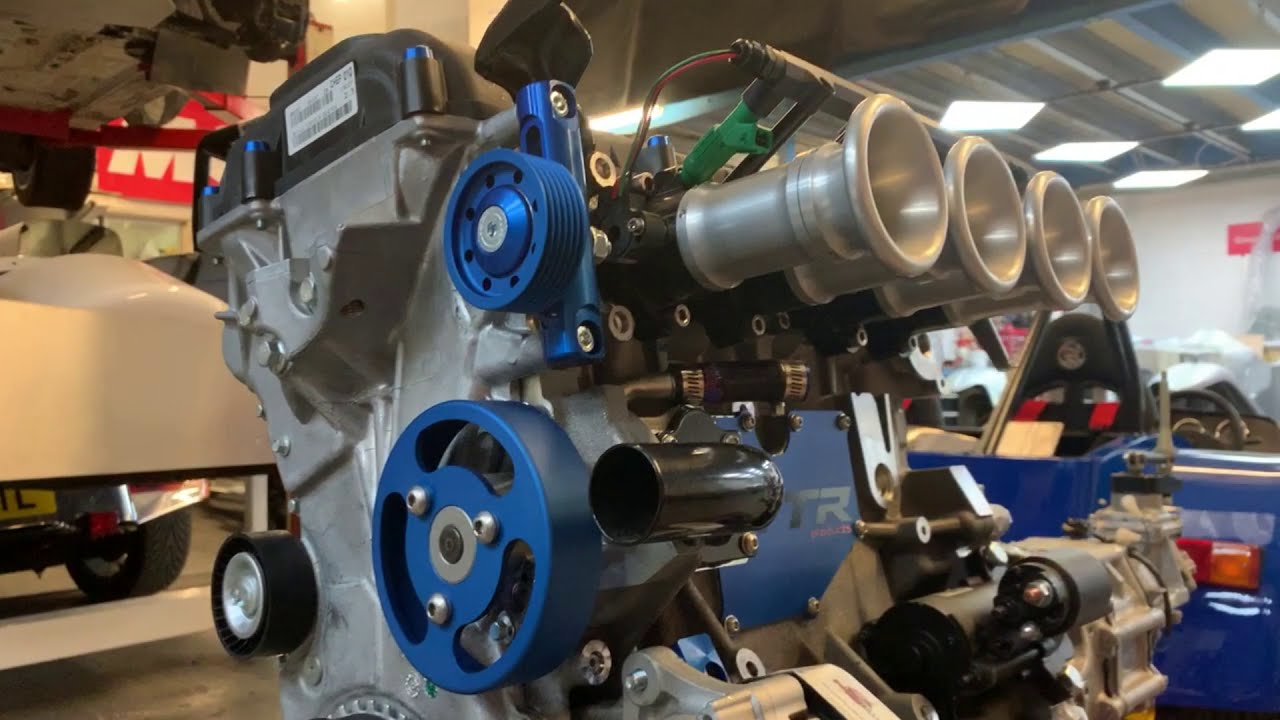
Though some vehicles using this engine have had recalls—for example, related to electronic throttle controls or transmission components—none were directly due to inherent flaws in the engine itself. That kind of separation is rare in today’s integrated powertrains.
We’re including the 2.5L Duratec because it’s one of those engines mechanics don’t mind seeing—they know it’ll be a straightforward job with no drama.
In an era when Ford has dealt with notable issues in its EcoBoost lineup, this naturally aspirated engine stands out for how well it’s aged. Its near-absence from recall databases makes it one of the most quietly reliable engines Ford has ever produced.
5 Engines With the Most Recalls
While some engines earn praise for their reliability and long-term performance, others become cautionary tales—plagued by recalls, lawsuits, and widespread mechanical failures.
These engines often originate from well-known manufacturers and were sometimes installed in millions of vehicles, meaning the impact of their issues was massive.
In many cases, the problems stemmed from rushed designs, inadequate testing, or cost-cutting during production. The result? Engines that suffered from premature wear, oil consumption, overheating, or even catastrophic failure.
In this section, we’re spotlighting five engines that have racked up some of the highest recall counts or have been subject to serious, engine-specific defects prompting widespread corrective action.
These aren’t just engines that had “quirks”—these are engines whose fundamental flaws forced manufacturers to act, often repeatedly.
Why does this matter? Because recalls go beyond inconvenience—they reflect real reliability risks, and they often leave owners footing repair bills once the warranty period ends. If you’re considering a used vehicle with one of these engines, it’s critical to understand what you might be getting into.
We’re writing about these engines to help buyers steer clear of long-term ownership headaches and to show how even major automakers sometimes miss the mark. These are the engines mechanics and owners alike remember for all the wrong reasons.
1. Hyundai/Kia 2.4L Theta II GDI
The Hyundai/Kia 2.4L Theta II GDI engine, used across a wide range of models including the Hyundai Sonata, Santa Fe, Kia Optima, and Sportage from the early 2010s to the early 2020s, is one of the most recalled and legally scrutinized engines of the modern era.
At its core, the engine was part of Hyundai’s push toward direct injection and improved fuel economy—but its rapid development and cost-cutting in manufacturing led to major reliability issues that have plagued hundreds of thousands of owners.
The primary issue involves metal debris from the engine’s manufacturing process—specifically in the crankshaft bearings—leading to oil flow restrictions. This defect often causes premature bearing wear, engine knocking, or complete engine failure.
Many affected vehicles stalled while driving, creating serious safety concerns and leading to massive recalls. In fact, Hyundai and Kia issued multiple recalls (beginning in 2015 and extending well into the 2020s) for these problems, often expanding them as more engines failed.
The problem was so widespread it led to class-action lawsuits, federal investigations, and forced Hyundai and Kia to extend engine warranties and implement knock sensor detection software as a damage mitigation measure. But for many owners, the damage was already done.

We’re highlighting the Theta II 2.4L because it became the symbol of how aggressive development, when done without proper quality control, can undermine an automaker’s reputation.
Its recall history is a warning to consumers: modern tech and efficiency mean little if reliability isn’t baked in. This engine became a costly lesson—for both automakers and countless drivers.
2. Chrysler 2.7L V6 (1998–2010)
The Chrysler 2.7L V6, used extensively in models like the Dodge Intrepid, Chrysler Sebring, and Dodge Stratus from the late 1990s through 2010, is infamous for its mechanical fragility and a recall history that reflects widespread design issues.
What was intended as a modern, compact V6 for midsize sedans turned into one of Chrysler’s most problematic engines—particularly due to internal sludge buildup that led to premature failure, often well before 100,000 miles.
The biggest flaw in the 2.7L V6 was its oil circulation system. Narrow oil passages, a small sump capacity, and high engine temperatures combined to promote oil sludge formation, which restricted lubrication and starved critical components like timing chains and crankshaft bearings.
Even with regular oil changes, many engines failed early—and in most cases, the root cause was not poor maintenance, but poor design.
Chrysler issued a series of service bulletins and minor recall notices over the years, mostly addressing timing chain tensioners, water pumps (which, when failed, leaked coolant into the oil system), and engine control calibrations.
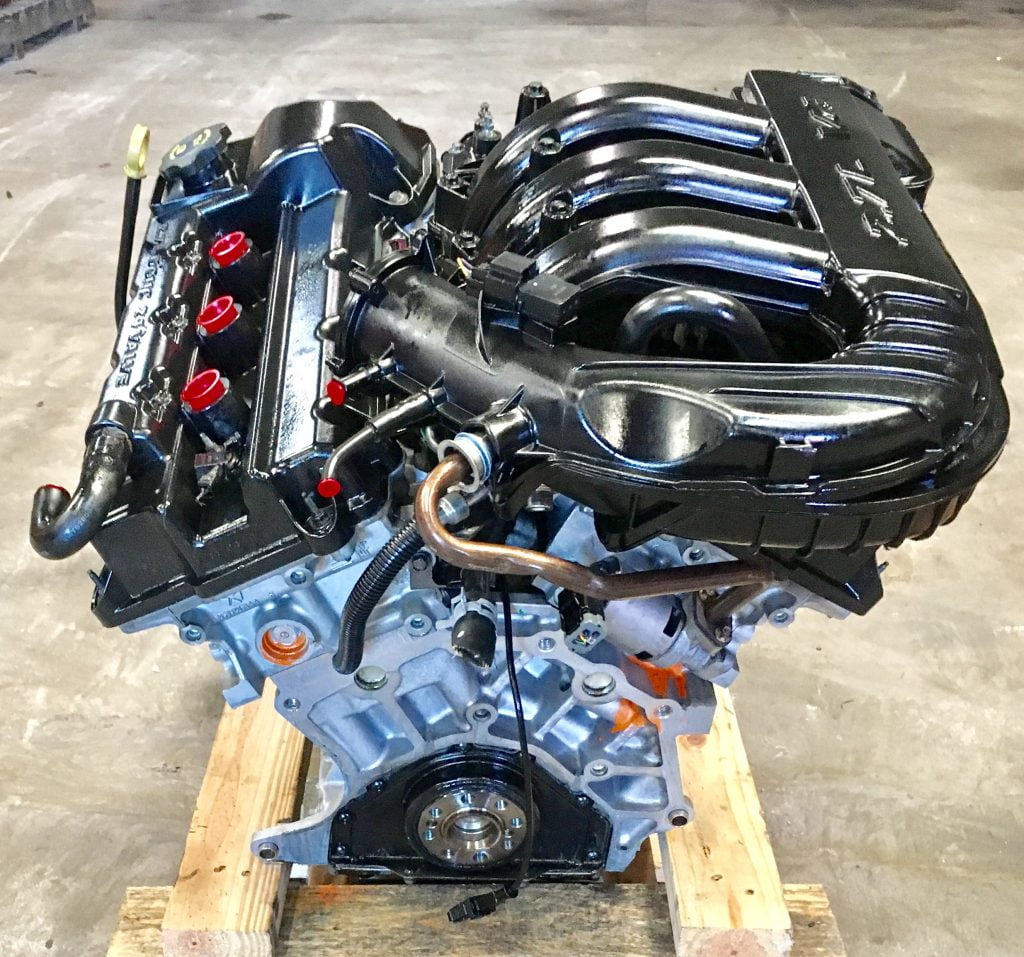
However, the automaker never issued a full-scale engine recall for the sludge issue, instead quietly settling lawsuits and warranty claims behind the scenes.
Despite not always appearing in formal recall databases, the overwhelming volume of consumer complaints, service bulletins, and legal pressure tell the story clearly.
We’re featuring the Chrysler 2.7L because its track record is a textbook case of how engineering shortcuts and cost containment can ruin an engine’s legacy. For many drivers, it was a lesson learned the hard way.
3. Subaru 2.5L EJ25 (Phase II – 1999–2012)
Subaru’s 2.5L EJ25 engine, particularly the Phase II version found in models like the Subaru Outback, Forester, Legacy, and Impreza between 1999 and 2012, has earned a mixed legacy—beloved for its performance and drivability, but notorious for chronic issues that resulted in a barrage of recalls, service bulletins, and warranty extensions.
At the heart of the problem was the engine’s design as a horizontally opposed “boxer” engine. While this configuration provides a low center of gravity and excellent balance, it also introduced a persistent vulnerability: head gasket failure.
Unlike most engines, which leak externally when head gaskets fail, the EJ25 often allowed internal coolant and oil leaks, which could quietly degrade performance or lead to complete engine failure if undetected.
Subaru issued multiple service bulletins over the years and changed gasket designs several times—but failures continued, even in low-mileage vehicles.
In addition to the gasket issue, the EJ25 also suffered from excessive oil consumption and piston slap in colder climates.
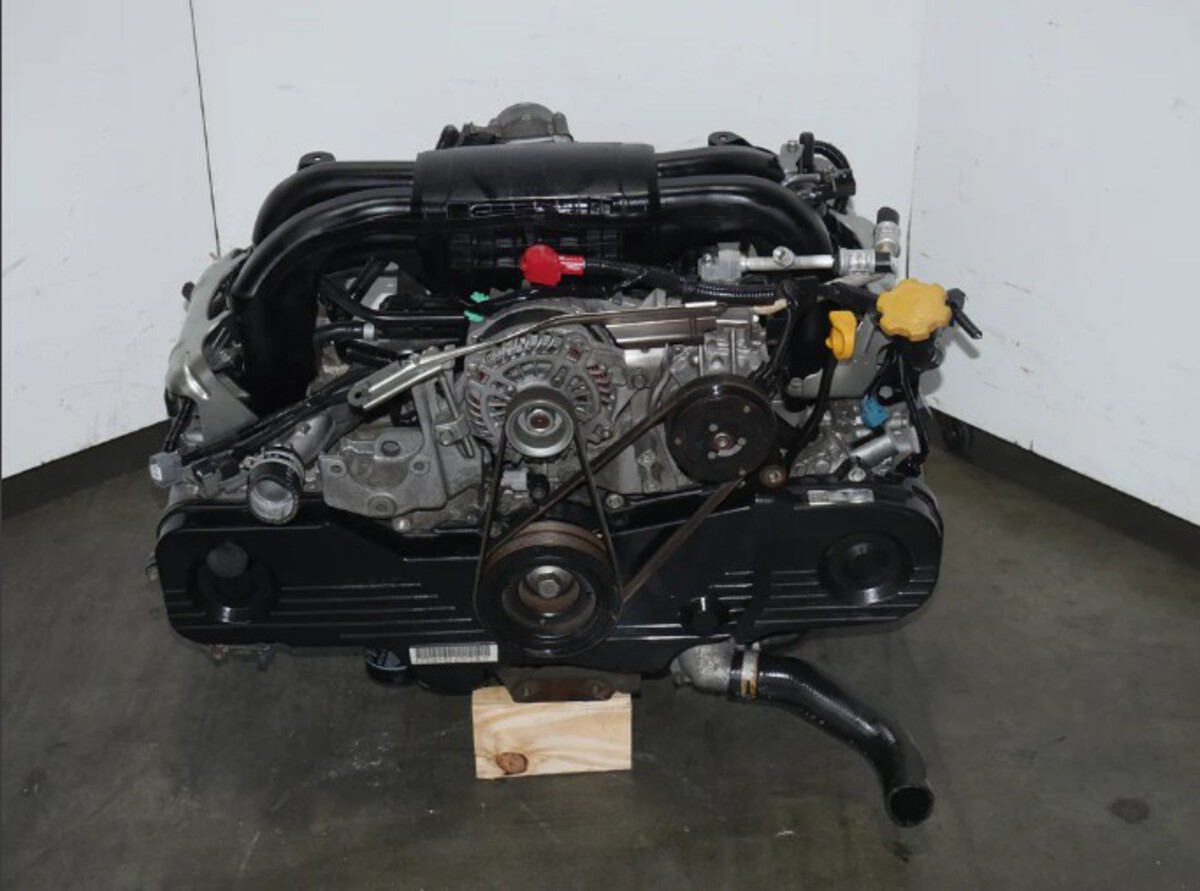
These problems didn’t always result in formal NHTSA recalls, but the sheer volume of dealer repairs, extended warranties, and class-action settlements paint a clear picture: this engine required constant vigilance.
We’re including the EJ25 not to dismiss Subaru’s engineering as a whole, but to highlight how one critical design flaw—when left uncorrected for over a decade—can tarnish an otherwise capable powerplant.
For owners, this engine often meant a major repair lurking around the 80K–120K mile mark, which turned routine ownership into a financial gamble.
4. BMW 4.4L N63 Twin-Turbo V8 (2008–present)
BMW’s 4.4L N63 twin-turbocharged V8, found in numerous high-end models such as the 5 Series, 7 Series, X5, and X6 from 2008 onward, is one of the most powerful and ambitious engines in the brand’s history—but also one of its most problematic.
It was BMW’s first production engine to feature a “hot-vee” layout (where the turbochargers are placed inside the engine’s V), aimed at reducing turbo lag and improving efficiency.
Unfortunately, the innovation came with serious reliability issues that led to an avalanche of recalls, service campaigns, and class-action lawsuits.
The problems began early: excessive oil consumption, failed fuel injectors, timing chain stretch, and valve stem seal failure were common complaints—often surfacing before 60,000 miles.
In response, BMW launched a major service campaign known as the “N63 Customer Care Package,” which included a broad scope of engine-related repairs and even engine replacements at no cost. However, even with these efforts, many N63 engines continued to suffer from premature wear and breakdowns.
Multiple recalls were issued for components such as the fuel system, PCV valves, battery cables, and engine electronics—many of which could result in stalling or fire risk.
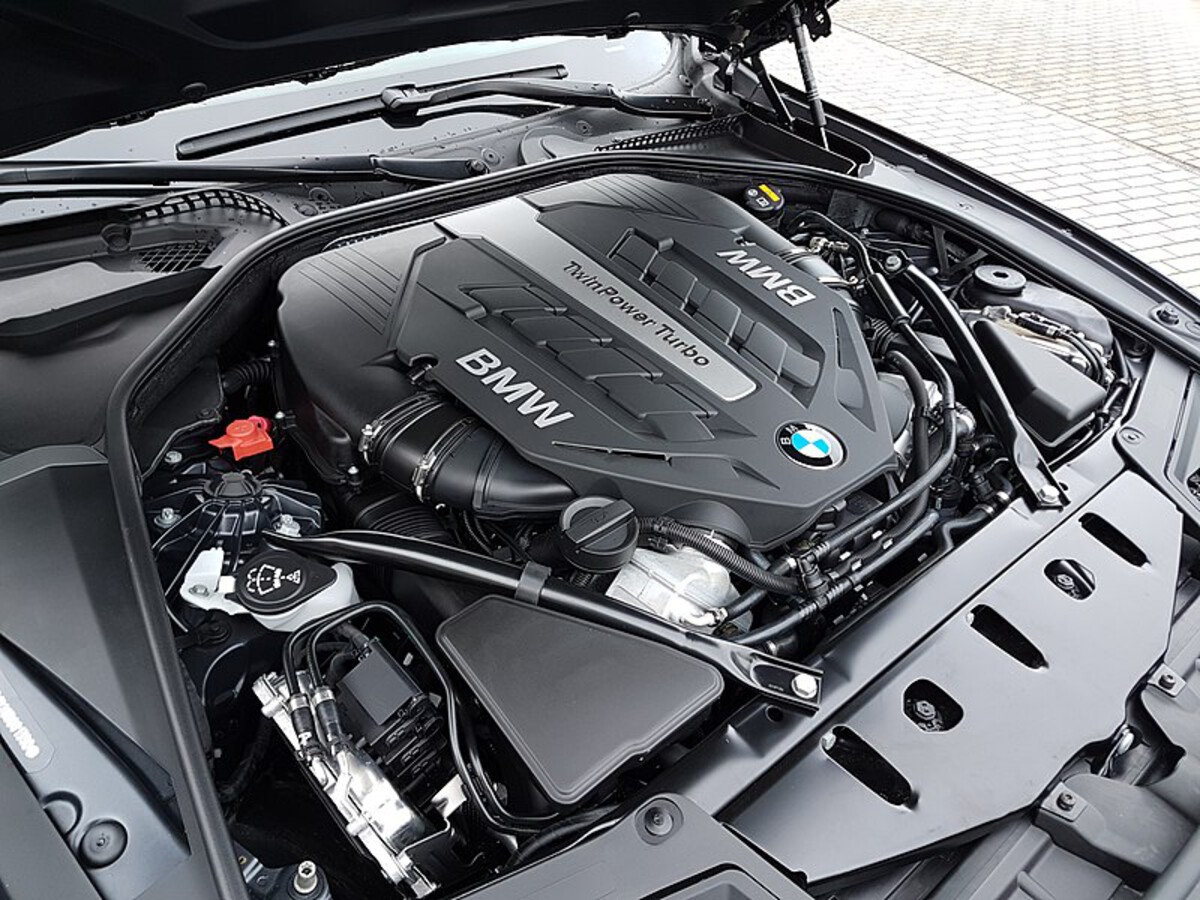
While BMW revised the engine over time (with the N63TU and N63TU2 variants), earlier versions remain notoriously failure-prone and expensive to maintain.
We’re spotlighting the N63 because it exemplifies how cutting-edge technology without bulletproof execution can lead to disaster.
While thrilling on paper, this engine’s track record of recalls and costly repairs has turned it into a cautionary tale for luxury performance buyers.
5. Ford 5.4L 3-Valve Triton V8 (2004–2010)
The Ford 5.4L 3-valve Triton V8, featured in millions of F-150s, Expeditions, Lincoln Navigators, and E-Series vans between 2004 and 2010, is a textbook example of an engine that promised strength and reliability—but instead became infamous for its widespread issues and numerous engine-related recalls.
While its predecessor (the 2-valve Triton) had a solid reputation, the 3-valve variant introduced a cascade of problems that led to significant customer dissatisfaction and repeated manufacturer interventions.
The most notorious issue was with the cam phasers and variable valve timing system, which led to loud ticking noises, rough idling, and stalling. Repairing these components often meant pulling the engine apart, and even then, the fix wasn’t always permanent.
Compounding the problem were faulty spark plugs—known for snapping off during removal due to poor design—which resulted in massive frustration and labor costs for even routine maintenance.
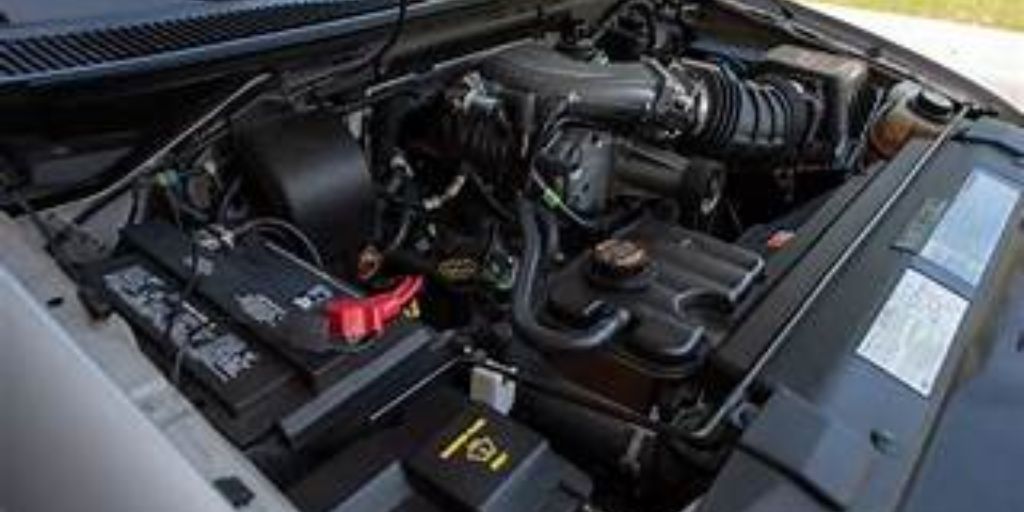
Ford issued several technical service bulletins and recalls related to ignition coils, spark plugs, and PCM (powertrain control module) updates, trying to manage the symptoms without fully addressing the underlying design flaws. Lawsuits and extended warranties followed, but the engine’s reputation had already suffered.
We’re highlighting the 5.4L 3-valve Triton not because it lacked power or potential—it was a workhorse on paper—but because of how thoroughly it disappointed owners.
Between high repair costs, fragile components, and a recall history that reads like a maintenance checklist, this engine became a frequent flyer at repair shops. For many Ford truck fans, it remains a symbol of a missed opportunity in what should’ve been a bulletproof V8.
Also Read: 5 Engines That Last 300,000 Miles vs 5 That Fail Before 100,000

